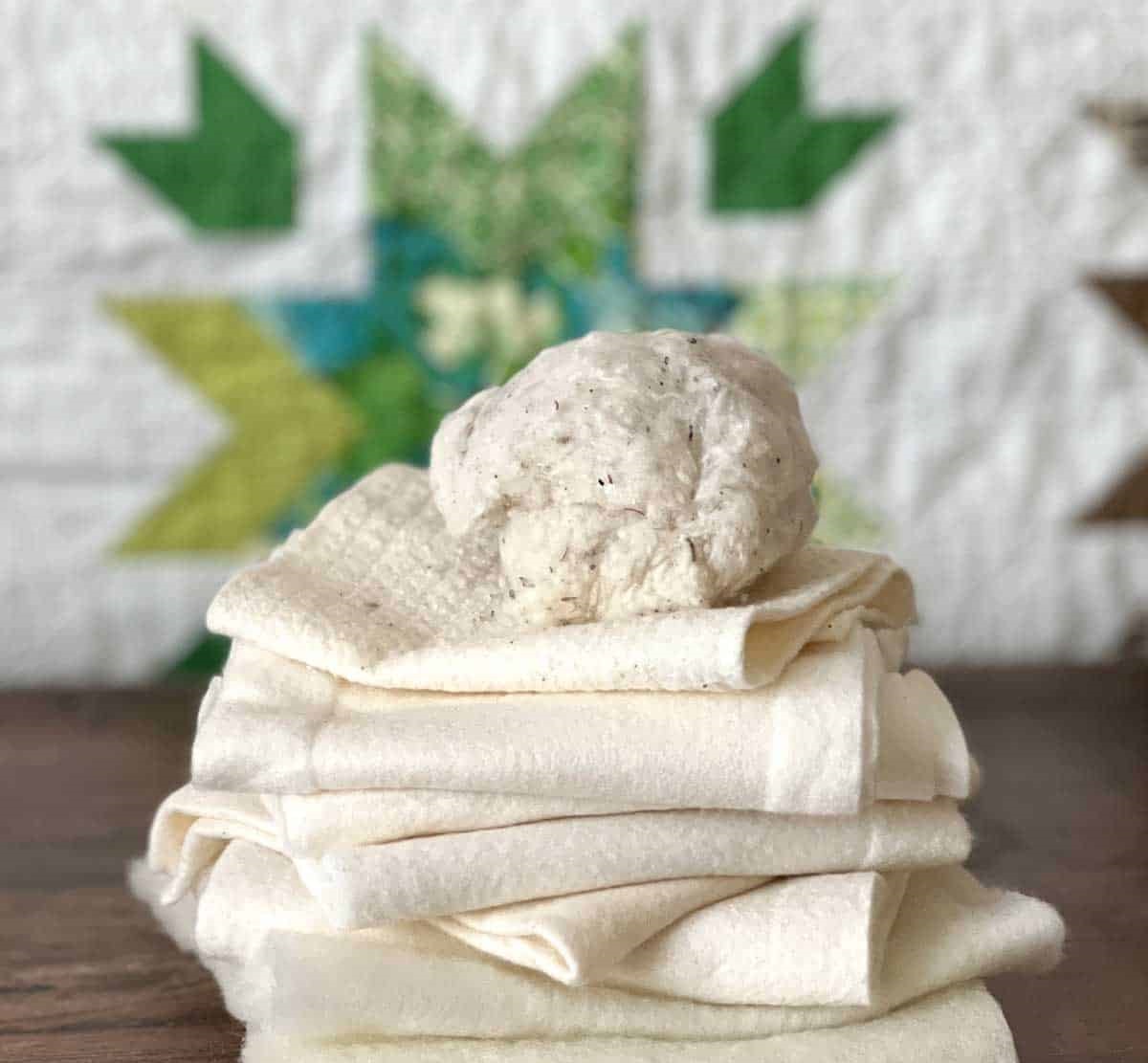

Articles
What Is The Best Batting For A Quilt
Modified: February 24, 2024
Discover the top batting articles for quilts and choose the best one for your project. Explore different options and find the perfect batting for a cozy and beautiful quilt.
(Many of the links in this article redirect to a specific reviewed product. Your purchase of these products through affiliate links helps to generate commission for Storables.com, at no extra cost. Learn more)
Introduction
When it comes to creating a quilt, selecting the right batting is essential for achieving the desired warmth, comfort, and overall quality of the finished product. Batting, also known as wadding, is the layer of material that goes between the quilt top and the backing fabric. It provides insulation and adds loft to the quilt, making it soft and cozy.
With so many options available, choosing the best batting for your quilt can be overwhelming. Factors such as warmth, weight, drape, durability, and ease of care all come into play. Furthermore, personal preference and the intended use of the quilt should also be taken into consideration.
In this article, we will explore various types of batting and their characteristics to help you make an informed decision. Whether you prefer natural fibers, synthetic materials, or a blend of both, there is a perfect batting out there for your quilting project. So, let’s dive in and discover the best batting options for a quilt!
Key Takeaways:
- Choose the perfect batting for your quilt by considering factors like warmth, weight, and durability. Whether you prefer natural fibers or synthetic materials, there’s a batting out there to match your quilting project’s needs.
- Explore the unique characteristics of cotton, polyester, wool, bamboo, silk, and blend battings to find the ideal match for your quilting project. Consider factors like breathability, softness, and insulation to create a cozy and personalized quilt.
Read more: What Batting To Use For A Baby Quilt
Factors to Consider When Choosing Batting
Choosing the right batting for your quilt involves considering several important factors. Understanding these factors will help you determine which type of batting is best suited for your project. Here are the key factors to consider:
- Warmth: The level of warmth you desire for your quilt is a crucial factor to consider. Some battings provide more insulation, while others are lighter and more breathable. Consider the climate and the intended use of the quilt when making your decision.
- Weight: Batting comes in various weights, ranging from lightweight to heavy. The weight of the batting affects the overall feel and drape of the quilt. Lighter weight battings are ideal for summer quilts, while heavier battings are suitable for winter quilts or those meant for colder climates.
- Drape: Drape refers to how the quilt hangs and folds. Some battings offer a stiffer drape, while others provide a more flowing and flexible drape. The type of drape you prefer depends on your personal aesthetic and the style of quilt you are creating.
- Durability: Consider the durability of the batting, especially if the quilt will be subjected to frequent use or washing. Some battings hold up better over time and maintain their shape and loftiness even after multiple washes.
- Ease of Care: Consider the care instructions for the batting. Some battings are machine washable, while others may require hand washing or dry cleaning. Choose a batting that aligns with your preferred method of care.
- Availability: Availability and cost are also important factors to consider. Some types of battings may be readily available in your area, while others may need to be ordered online. Additionally, the cost of the batting should fit within your budget.
By carefully considering these factors, you can narrow down your options and select the perfect batting for your quilt. In the following sections, we will explore various types of batting and their unique characteristics to help you make an informed decision.
Cotton Batting
Cotton batting is a popular choice among quilters due to its natural and breathable characteristics. It is made from 100% cotton fibers, making it hypoallergenic and suitable for those with sensitivities or allergies. Cotton batting provides a traditional and antique look to quilts and is often used for heirloom or vintage-inspired projects.
One of the main advantages of cotton batting is its ability to breathe, allowing moisture to evaporate and keeping the quilt comfortable year-round. It provides moderate warmth, making it suitable for quilts in mild to moderate climates or for those who prefer a lighter-weight quilt.
Cotton batting is easy to work with as it has a good stitch definition and holds up well with quilting. It provides a slightly flat appearance and a crinkled texture after washing, giving the quilt a classic and cozy feel.
It is important to note that cotton batting tends to shrink more than other types of batting, so prewashing is recommended to prevent uneven shrinkage of the quilt. Additionally, cotton batting may have a slight tendency to beard, which means that small fibers may migrate through the quilt top. However, this can be minimized by using a high-quality cotton batting.
If you prefer a more eco-friendly option, look for cotton batting that is made from organic or recycled cotton fibers. These options are sustainably sourced and contribute to a greener quilting practice.
In summary, cotton batting is a great choice for those who value natural fibers and breathability. It provides a traditional and cozy look to quilts and is suitable for moderate warmth. Consider cotton batting for projects that require a classic and timeless aesthetic.
Polyester Batting
Polyester batting is a popular choice for quilters looking for a lightweight and affordable option. Made from synthetic fibers, polyester batting offers excellent loft and provides a fluffy appearance to quilts. It is known for its resilience and ability to retain its shape, even after multiple washes.
One of the advantages of polyester batting is its versatility. It comes in different lofts, from low loft for a flatter appearance to high loft for a more puffy and plush finish. This allows you to customize the look and feel of your quilt according to your preferences.
Polyester batting is a good option for those looking for warmth. It offers excellent insulation and is suitable for quilts intended for colder climates or winter use. Additionally, polyester batting is lightweight, making it a great choice for projects that require a less bulky quilt.
Another benefit of polyester batting is its non-allergenic properties. It is hypoallergenic, making it a safe option for those with allergies or sensitivities to natural fibers. Polyester batting is also resistant to mold and mildew, making it a great choice for quilts that may be exposed to moisture or damp environments.
One consideration with polyester batting is that it may be prone to creasing or wrinkling, especially if not adequately quilted or secured. To prevent this, ensure that your quilt is properly quilted with an appropriate density of stitches. Additionally, polyester batting may have a slight sheen or synthetic appearance, which may not appeal to those seeking a more natural and organic look.
Polyester batting is readily available and generally more affordable compared to other types of batting. It is easy to work with and is suitable for both hand and machine quilting. Additionally, polyester batting is durable and holds up well over time.
In summary, polyester batting is a versatile and affordable option for quilting projects. It offers excellent loft, warmth, and resilience. Consider polyester batting for projects that require lightweight, non-allergenic, and easily maintainable quilts.
Wool Batting
Wool batting is a luxurious and natural option for quiltmakers seeking warmth, softness, and excellent temperature regulation. It is made from the wool of sheep or other animals such as alpacas or llamas. Wool batting is renowned for its unique properties that make it stand out from other types of batting.
One of the key advantages of wool batting is its exceptional insulation capability. Wool fibers have natural crimps and air pockets, which create a thermal barrier and help regulate body temperature. This makes wool batting ideal for quilts meant for colder climates or winter use.
Wool batting is incredibly soft and lightweight, adding a plush and cozy feel to quilts. It provides excellent loft, giving quilts a fluffy appearance. Additionally, wool batting has good breathability, wicking away moisture and preventing the quilt from feeling clammy or wet.
Another notable characteristic of wool batting is its ability to naturally repel dust mites, mildew, and mold. This makes it an excellent choice for quilters with allergies or sensitivities. Wool batting is also flame-resistant, adding an extra layer of safety to your quilt.
Wool batting is easy to work with and offers excellent stitch definition. It holds up well with quilting and provides a beautiful texture to the finished quilt. However, it is worth noting that wool batting may require special care, such as handwashing or dry cleaning, to maintain its loft and integrity.
While wool batting offers many benefits, it can be more expensive than other types of batting. However, the luxurious and cozy feel it provides make it a worthwhile investment for certain quilting projects.
In summary, wool batting is a top choice for those seeking warmth, softness, and temperature regulation in their quilts. It offers excellent insulation, breathability, and natural resistance to allergens. Consider wool batting for projects that require an extra level of comfort and luxury.
When choosing batting for a quilt, consider the desired warmth, loft, and drape. Cotton is breathable and good for hand quilting, while polyester is lightweight and easy to care for. Wool provides excellent warmth and drape.
Read more: How To Assemble A Quilt With Batting
Bamboo Batting
Bamboo batting is a relatively new option in the world of quilt batting, gaining popularity for its eco-friendly and sustainable qualities. It is made from the fibers of bamboo, a fast-growing and renewable resource. Bamboo batting offers unique characteristics that make it a desirable choice for quilters.
One of the standout features of bamboo batting is its natural moisture-wicking ability. Bamboo fibers have excellent absorption properties, making it highly breathable and comfortable. This means that quilts made with bamboo batting will feel cool in hot weather and warm in cooler temperatures.
Additionally, bamboo batting is known for its exceptional softness and smooth texture. It provides a silky feel to quilts, adding a touch of luxury. Quilts made with bamboo batting have a beautiful drape and fluidity, creating an elegant and graceful appearance.
Bamboo batting is a lightweight option, making it ideal for projects that require less bulk or for those who prefer a thinner quilt. Despite its lightweight nature, bamboo batting still offers sufficient warmth, making it suitable for most climates.
Moreover, bamboo is a naturally hypoallergenic material. It is resistant to dust mites, mold, and mildew, making it a great choice for individuals with allergies or sensitivities. Quilts made with bamboo batting are also easy to care for, as they can be machine washed and dried.
One consideration with bamboo batting is its availability. While it is increasingly becoming more accessible, it may not be as widely available as other types of batting. However, it is worth seeking out as it offers a unique set of qualities that can enhance the overall quality of your quilt.
In summary, bamboo batting is an eco-friendly and sustainable option for quiltmakers. It provides excellent moisture-wicking properties, softness, and breathability. Consider bamboo batting for projects that require a lightweight, hypoallergenic, and luxurious quilt.
Silk Batting
Silk batting is a luxurious and high-quality option for quiltmakers looking for superior softness and a lustrous finish. It is made from the natural fibers of silk cocoons and offers unique characteristics that set it apart from other types of batting.
One of the most notable qualities of silk batting is its incredible softness and smooth texture. Quilts made with silk batting have a luxurious feel and a beautiful drape. The natural luster of silk adds a touch of elegance to the quilt, making it visually stunning.
Silk batting provides excellent insulation while remaining lightweight. It has the ability to regulate body temperature, keeping the quilt warm in cooler temperatures and cool in warmer weather. This makes it suitable for a wide range of climates and seasons.
One of the outstanding properties of silk batting is its breathability. Silk fibers are incredibly breathable, allowing air to circulate and moisture to evaporate. This helps to keep the quilt dry and prevents the build-up of clamminess or humidity.
Silk batting is hypoallergenic and ideal for individuals with allergies or sensitivities. It is resistant to dust mites and other allergens, creating a healthier and more comfortable environment. Additionally, silk batting is naturally mold and mildew resistant, making it a durable and long-lasting choice for quilts.
One consideration with silk batting is its cost. It is generally more expensive compared to other types of batting due to the labor-intensive production process. However, the luxurious feel and exquisite appearance it adds to the quilt make it a worthwhile investment for certain projects.
It’s worth noting that silk batting is best suited for lightweight quilts or those intended for decorative purposes. It may not offer the same level of loft or warmth as other types of batting. However, layering silk batting with other types of batting can create a unique combination of qualities.
In summary, silk batting is a luxurious and high-end option for quiltmakers seeking softness, luster, and breathability. It provides excellent insulation, regulates temperature, and is hypoallergenic. Consider silk batting for projects that require a truly special and luxurious quilt.
Blend Batting
Blend batting, as the name suggests, is a combination of two or more types of fibers. It combines the unique qualities of different materials to create a batting that offers a balance of characteristics. Blend batting is a versatile option for quiltmakers who desire specific features from multiple types of batting.
One of the common combinations in blend batting is a mix of cotton and polyester fibers. This blend provides the best of both worlds – the softness, breathability, and natural feel of cotton, along with the resilience, loft, and affordability of polyester. It offers a comfortable and durable option for various quilting projects.
Blend batting can also incorporate other fibers like bamboo, silk, or wool to create a customized batting that suits specific needs. For example, a blend of cotton and bamboo fibers may provide enhanced breathability and moisture-wicking properties, making it suitable for hot climates or individuals who tend to sleep hot.
The combination of fibers in blend batting can be adjusted to achieve specific characteristics such as loft, warmth, drape, and durability. This allows quiltmakers to tailor the batting to their preferences and the requirements of their projects.
Blend batting is generally easy to work with and provides good stitch definition. It is suitable for both hand and machine quilting, making it versatile for various quilting techniques.
The cost of blend batting can vary depending on the fibers used and the quality of the product. While some blend battings may be priced higher, they offer the advantage of combining the desirable properties of different fibers in a single product.
In summary, blend batting offers the flexibility to customize the characteristics of the batting by combining different fibers. It provides a balance of qualities from various materials, such as softness, resilience, breathability, and affordability. Consider blend batting for projects that require specific features or when you want the best of multiple worlds in your quilt.
Conclusion
Choosing the best batting for your quilt is a crucial step in ensuring its comfort, durability, and overall aesthetic appeal. The various types of batting available offer unique characteristics that cater to different preferences, climates, and project requirements.
For those seeking a natural option, cotton batting provides breathability and a classic look. It is ideal for moderate warmth and a traditional quilt style. Polyester batting offers affordability, lightweight warmth, and ease of care. It is a versatile option suitable for a wide range of quilting projects.
Wool batting provides exceptional insulation, softness, and temperature regulation. It is a luxurious choice that adds comfort and elegance to quilts. Bamboo batting offers natural moisture-wicking properties, softness, and breathability. It is a sustainable option that ensures a cool and dry quilting experience.
Silk batting provides unmatched softness, luster, and breathability. It adds a touch of luxury and a beautiful drape to quilts. Blend batting combines the best qualities of different fibers to create a customized batting with the desired characteristics such as loft, resilience, and affordability.
Consider the factors of warmth, weight, drape, durability, ease of care, and availability when making your decision. Additionally, take into account personal preference and the intended use of the quilt. Whether you prioritize natural fibers, synthetic materials, or a blend of both, there is a perfect batting out there for your quilting project.
In conclusion, the choice of batting is a deeply personal one. Each type of batting offers its unique advantages, and the best batting for a quilt ultimately depends on your specific needs and preferences. Take the time to explore and experiment with different types of batting to discover the perfect match for your quilting projects. With the right batting, your quilt will not only provide warmth but also become a cherished item that brings comfort and joy for years to come.
Frequently Asked Questions about What Is The Best Batting For A Quilt
Was this page helpful?
At Storables.com, we guarantee accurate and reliable information. Our content, validated by Expert Board Contributors, is crafted following stringent Editorial Policies. We're committed to providing you with well-researched, expert-backed insights for all your informational needs.
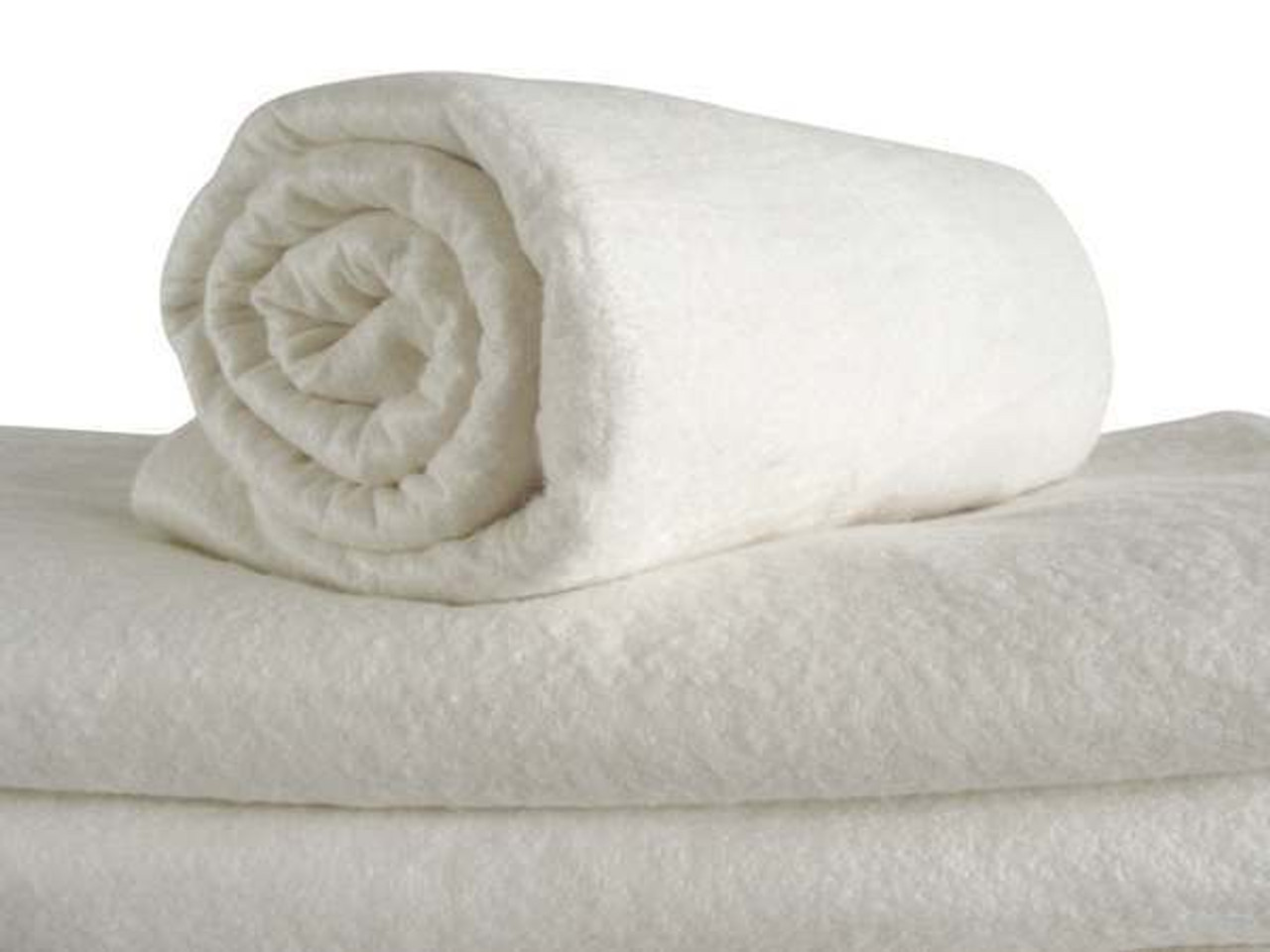
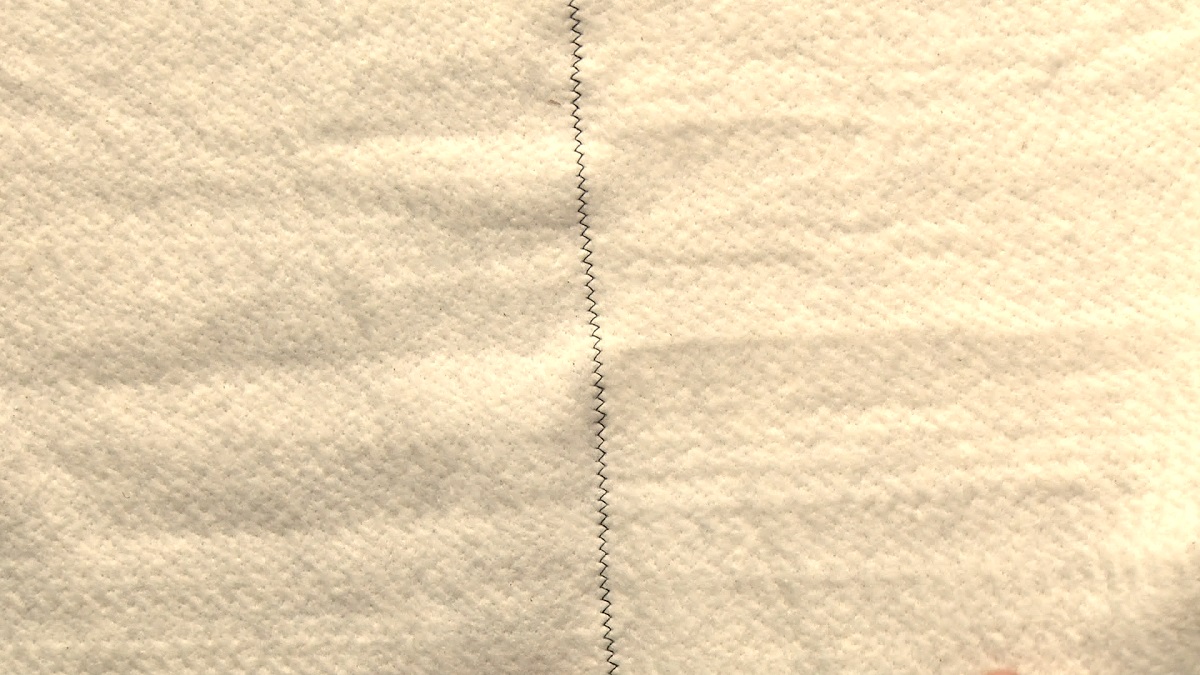
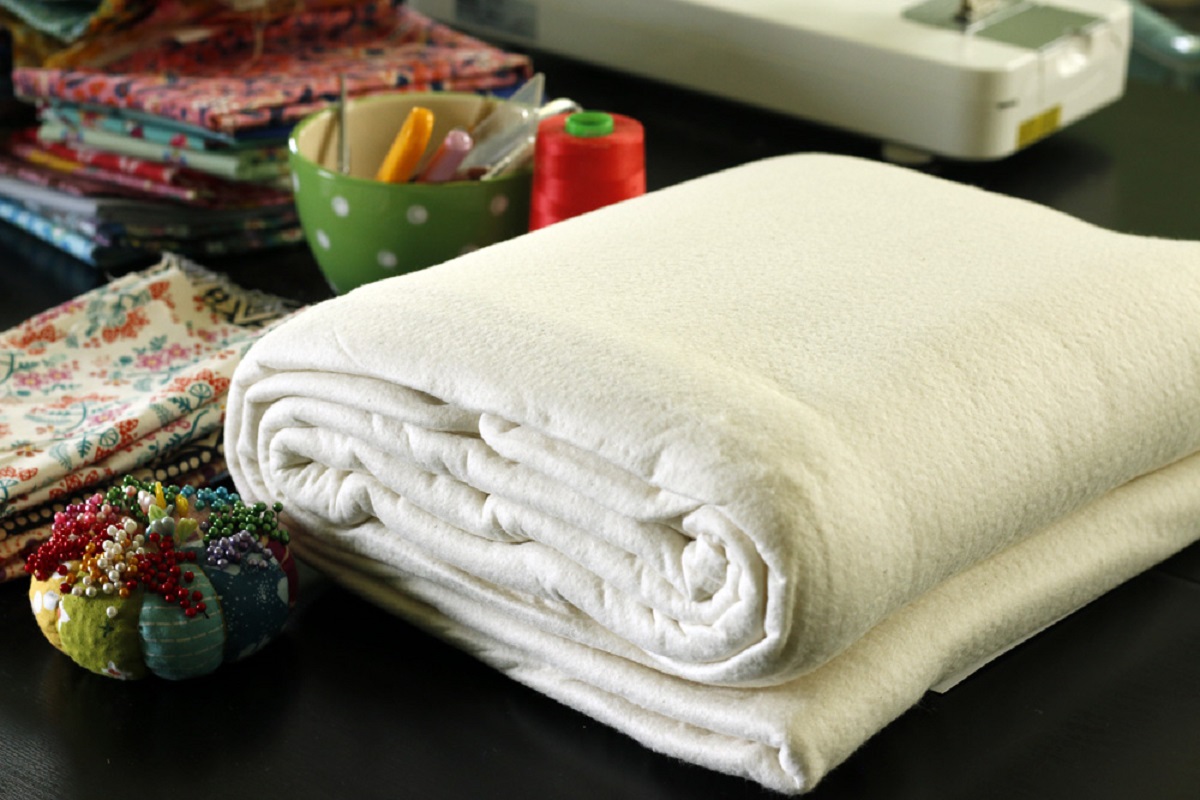
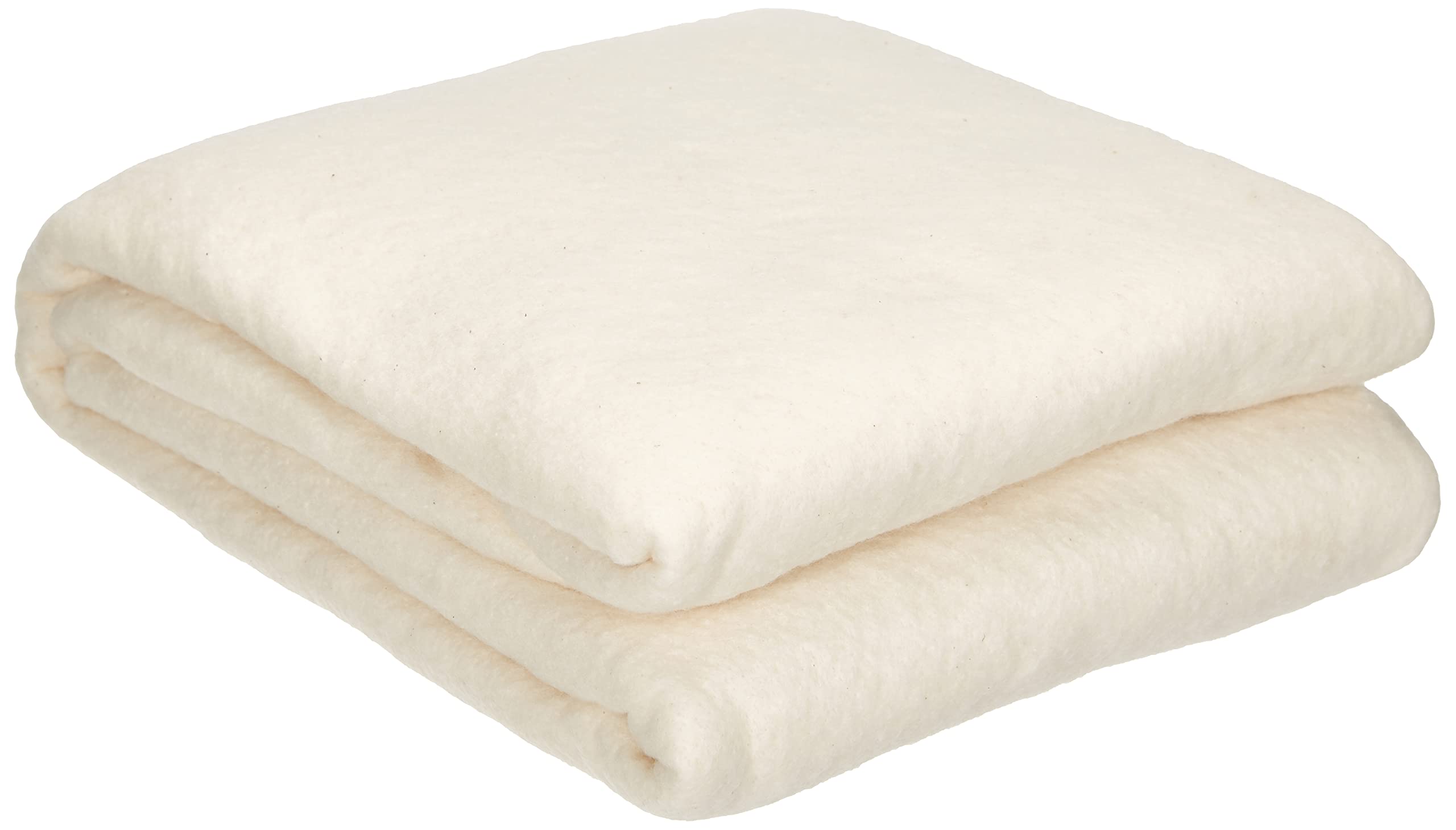
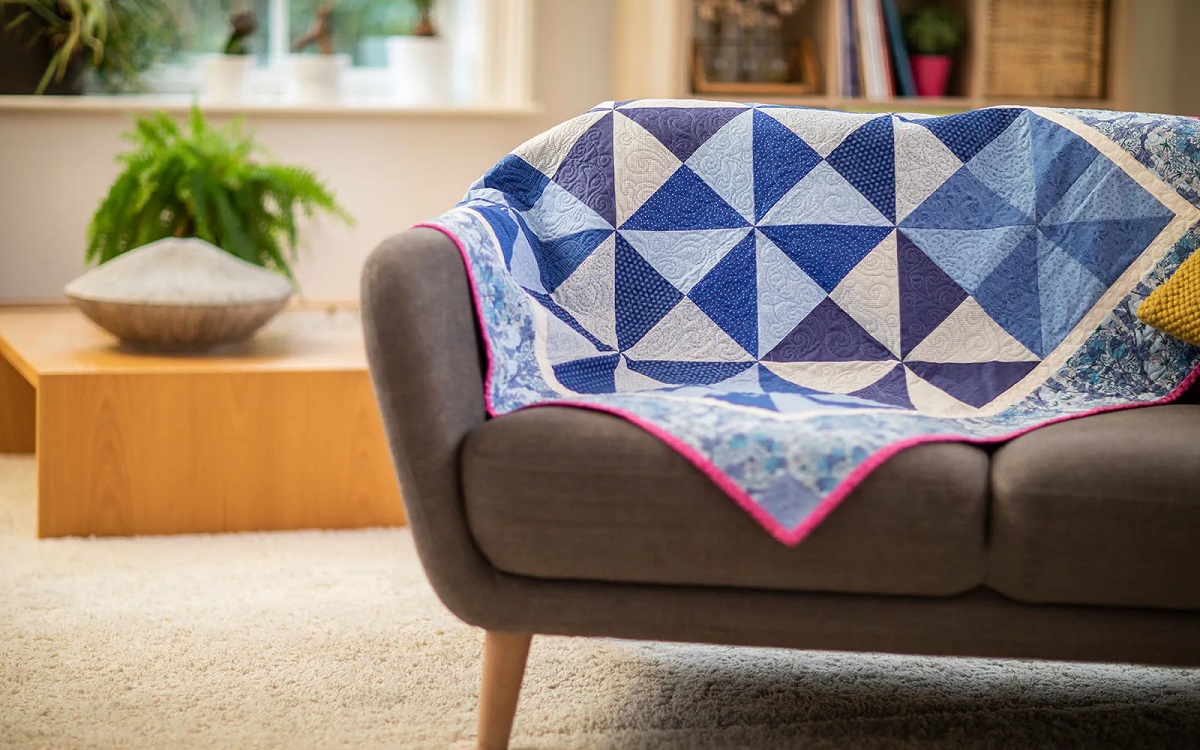
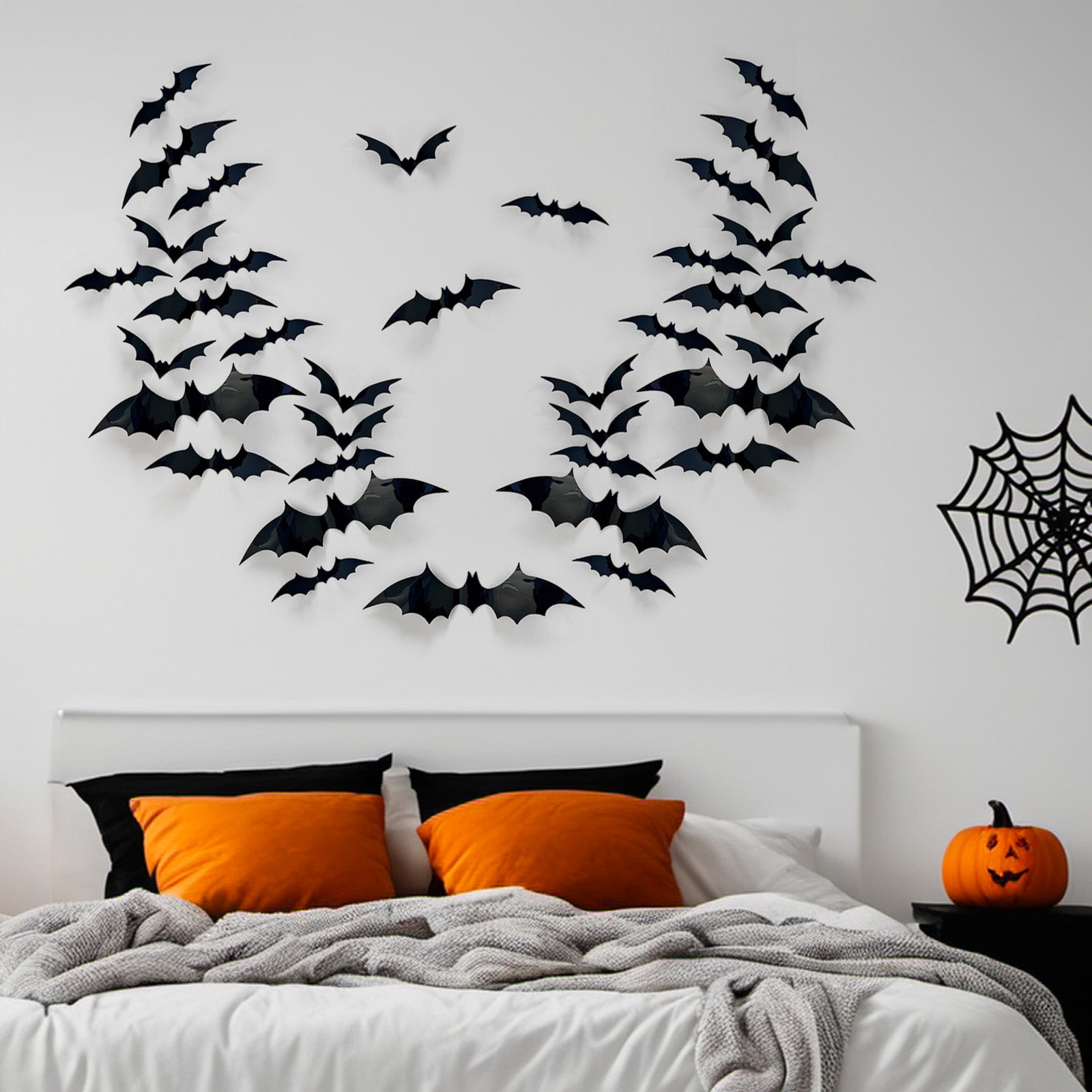
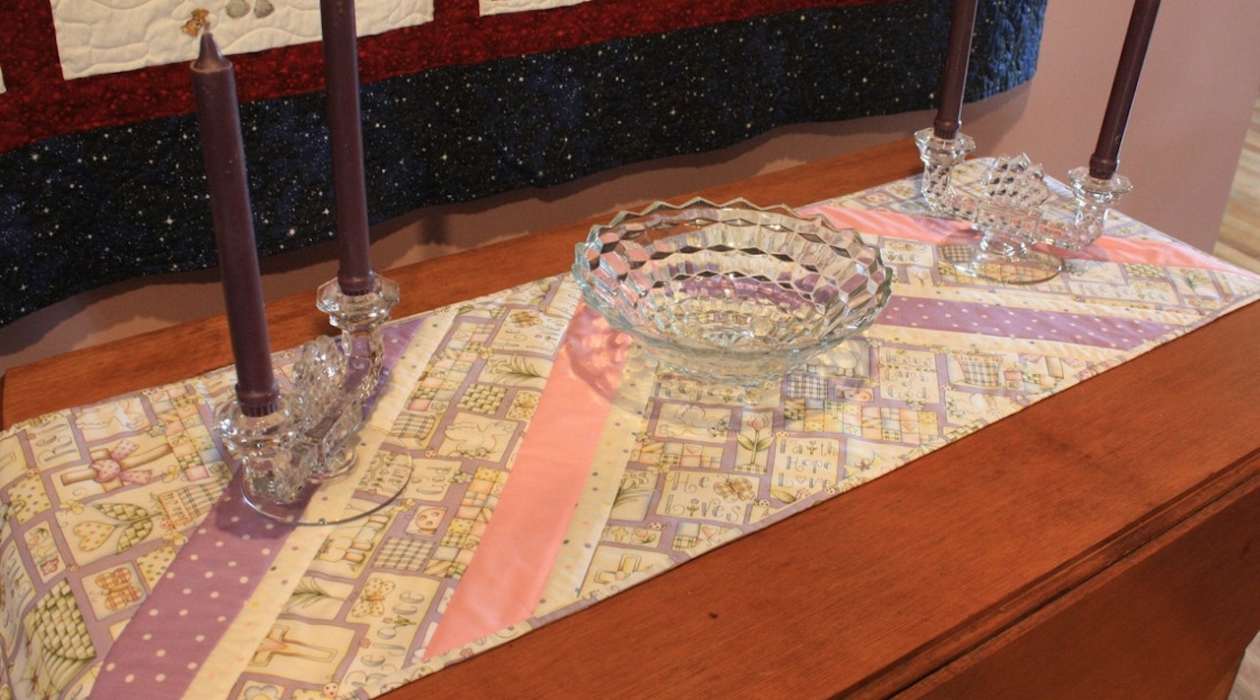
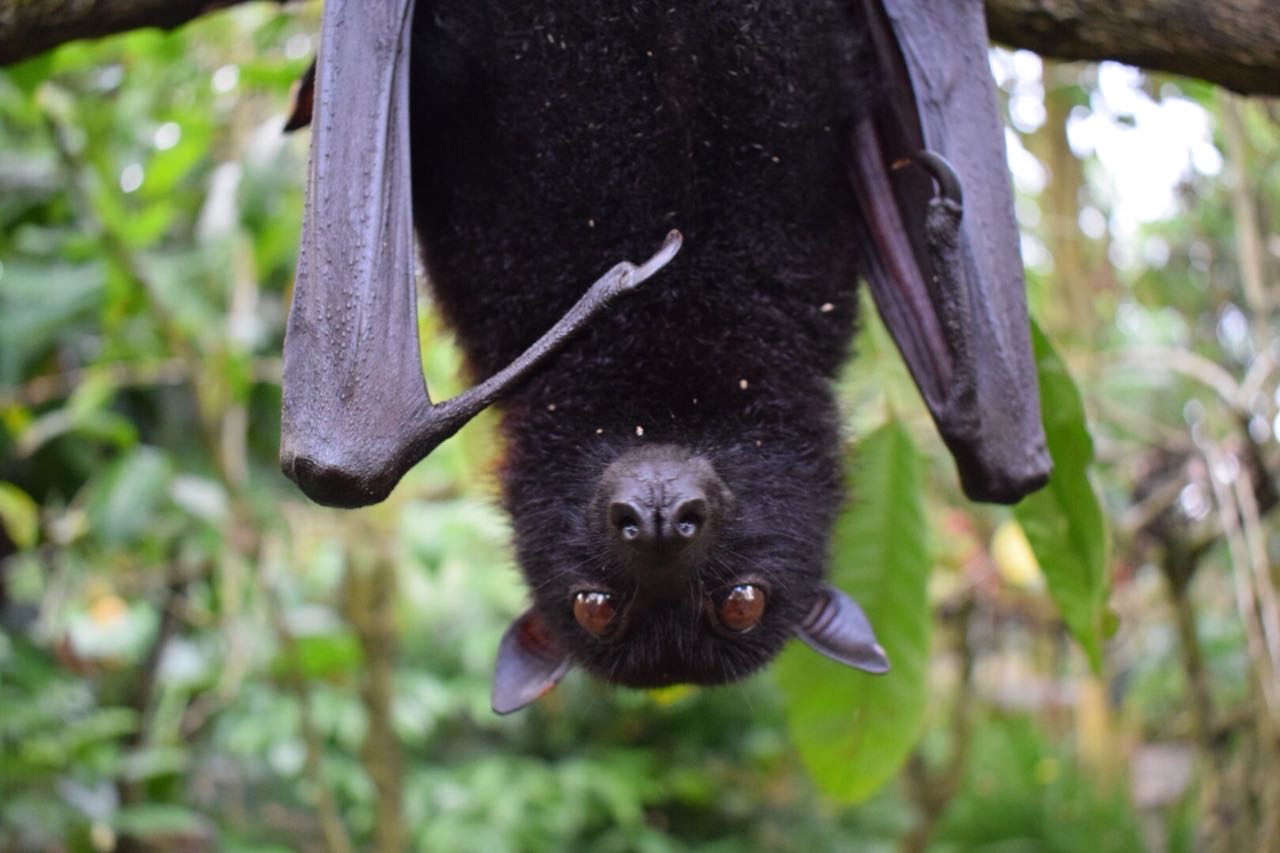
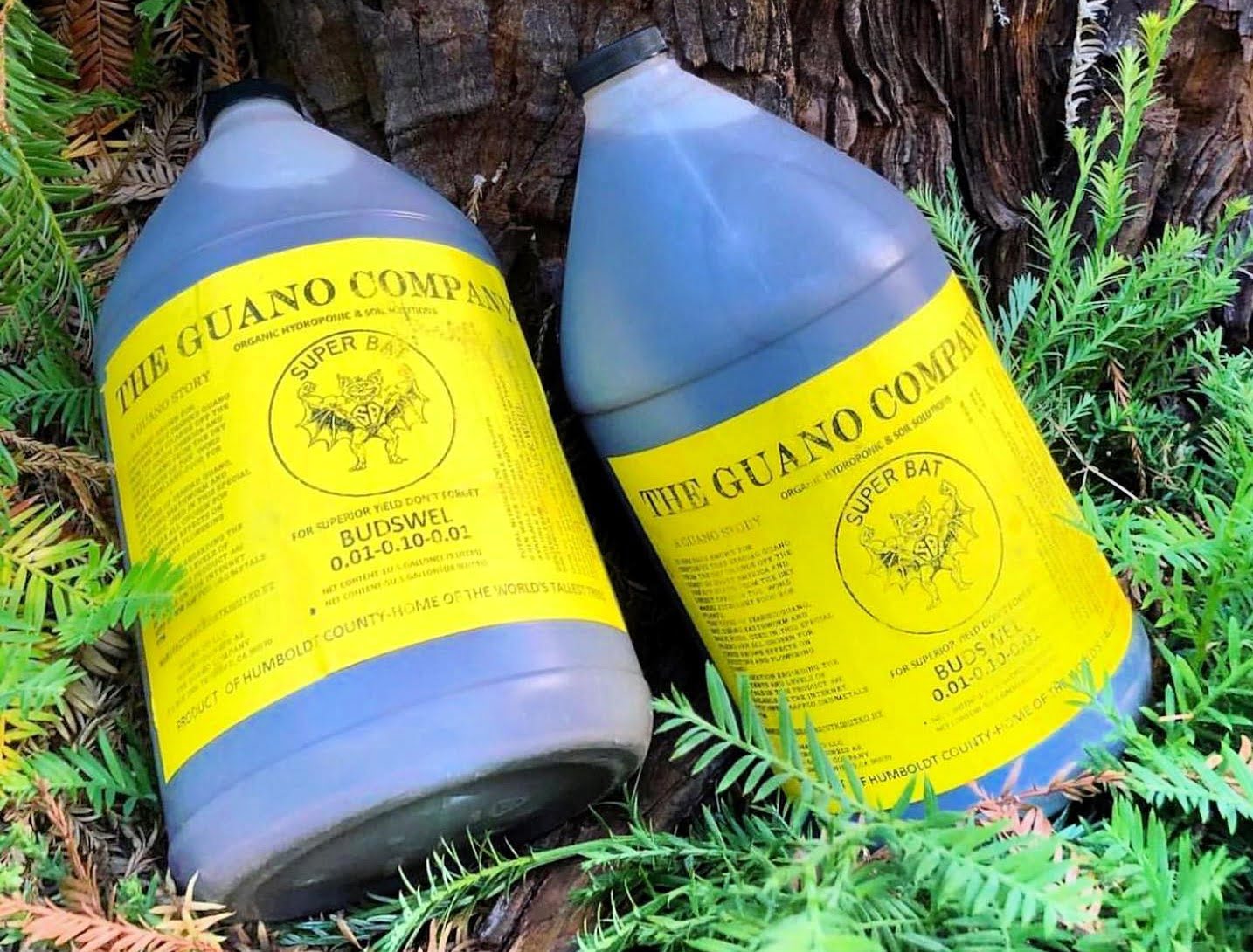
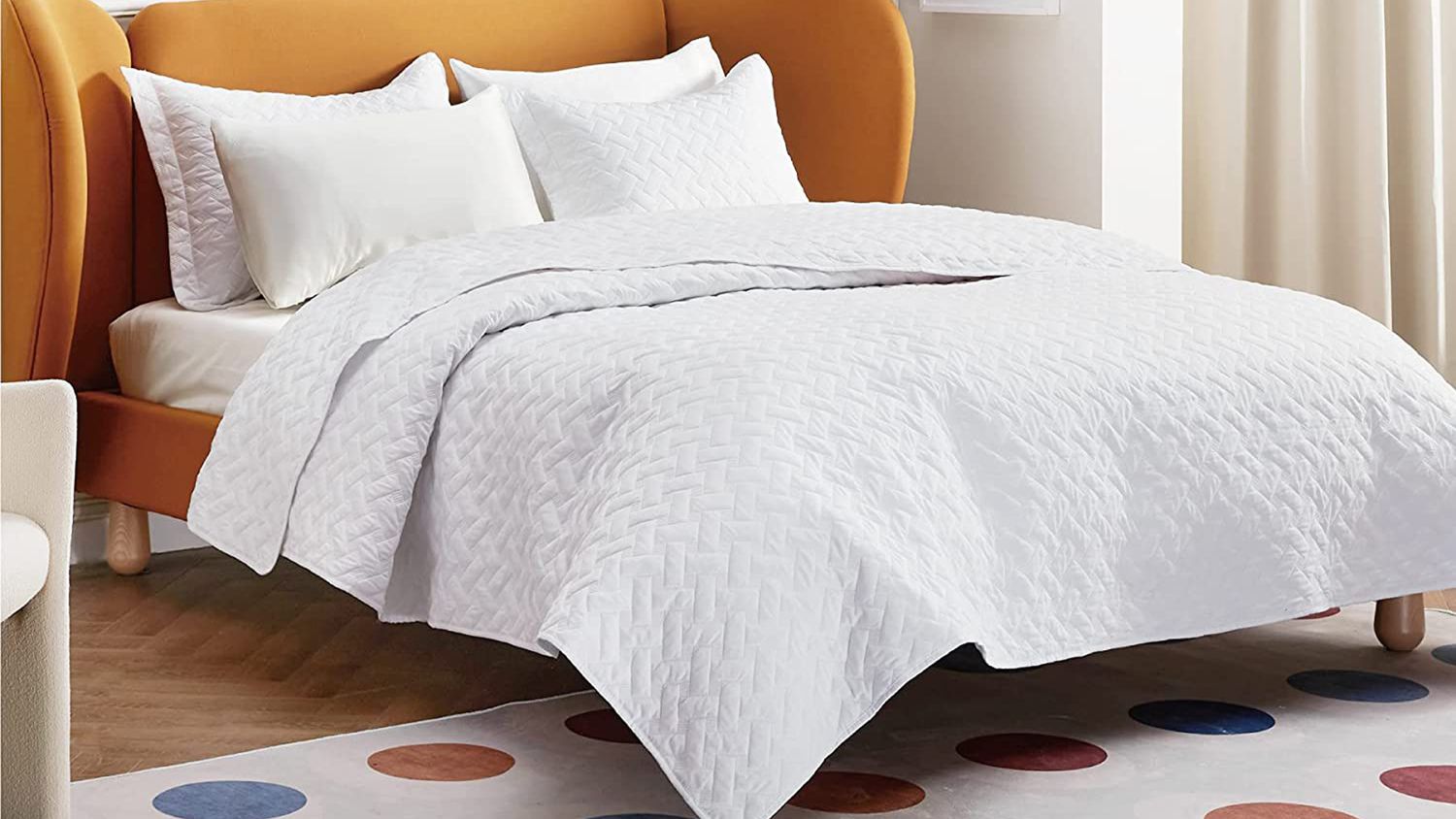
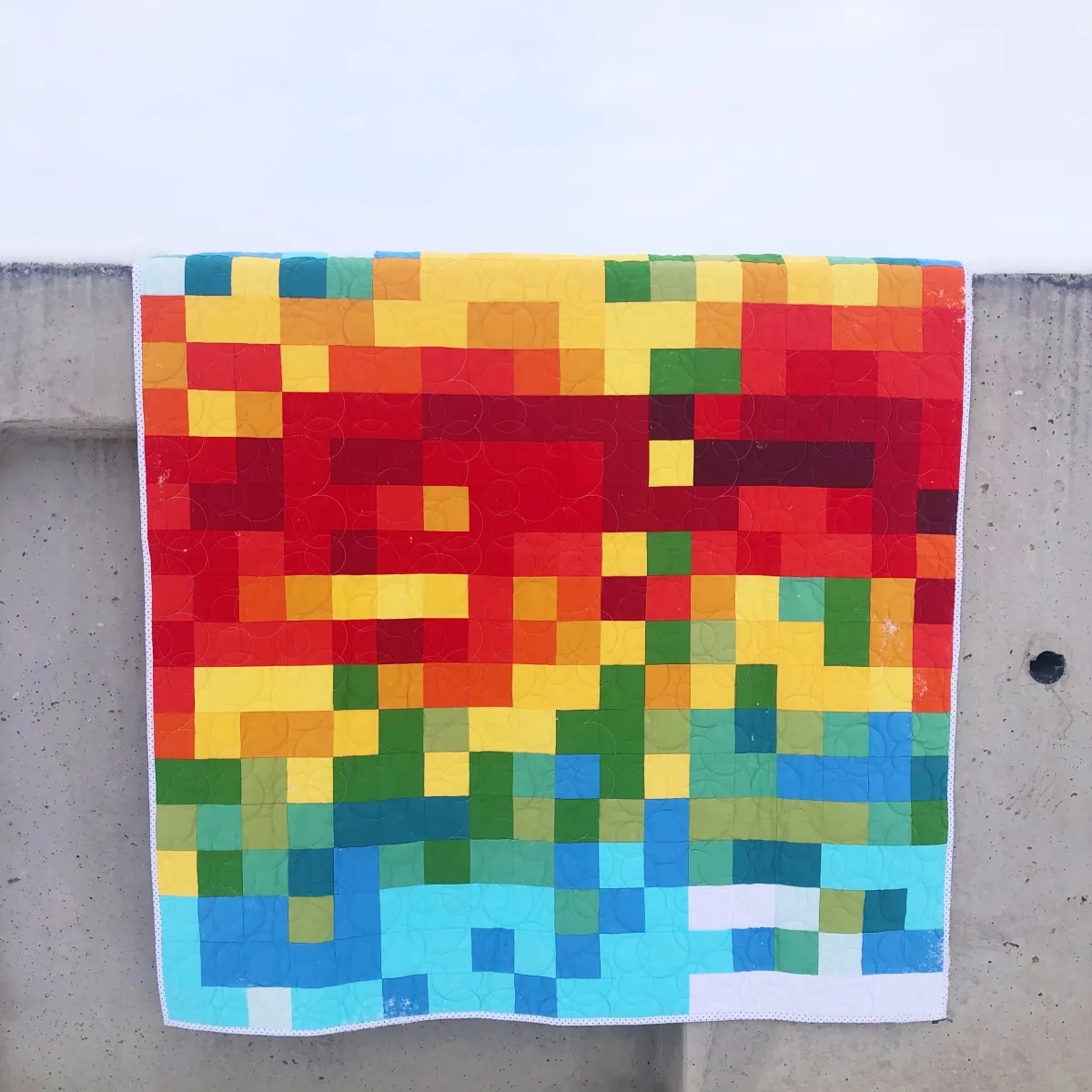
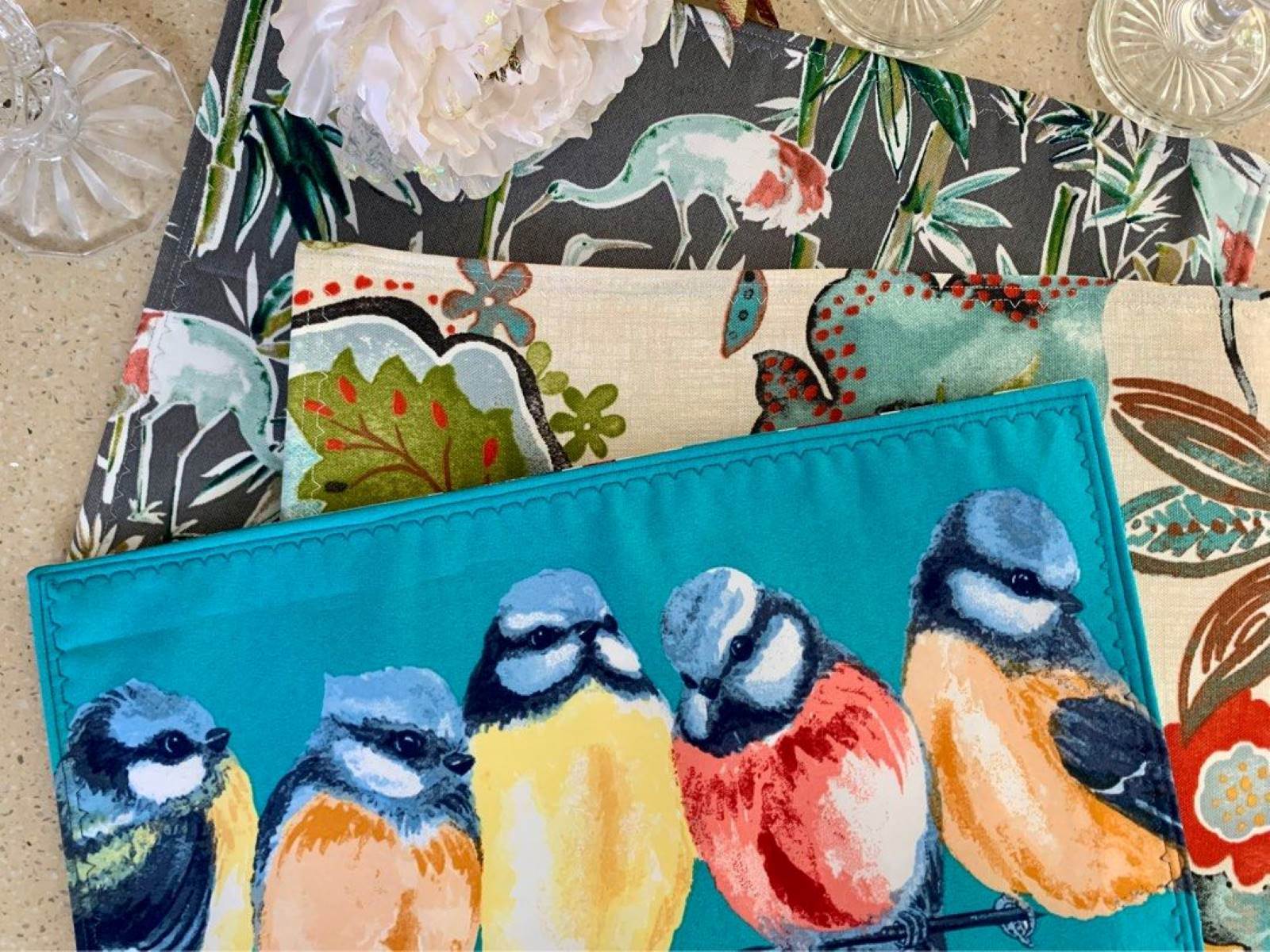
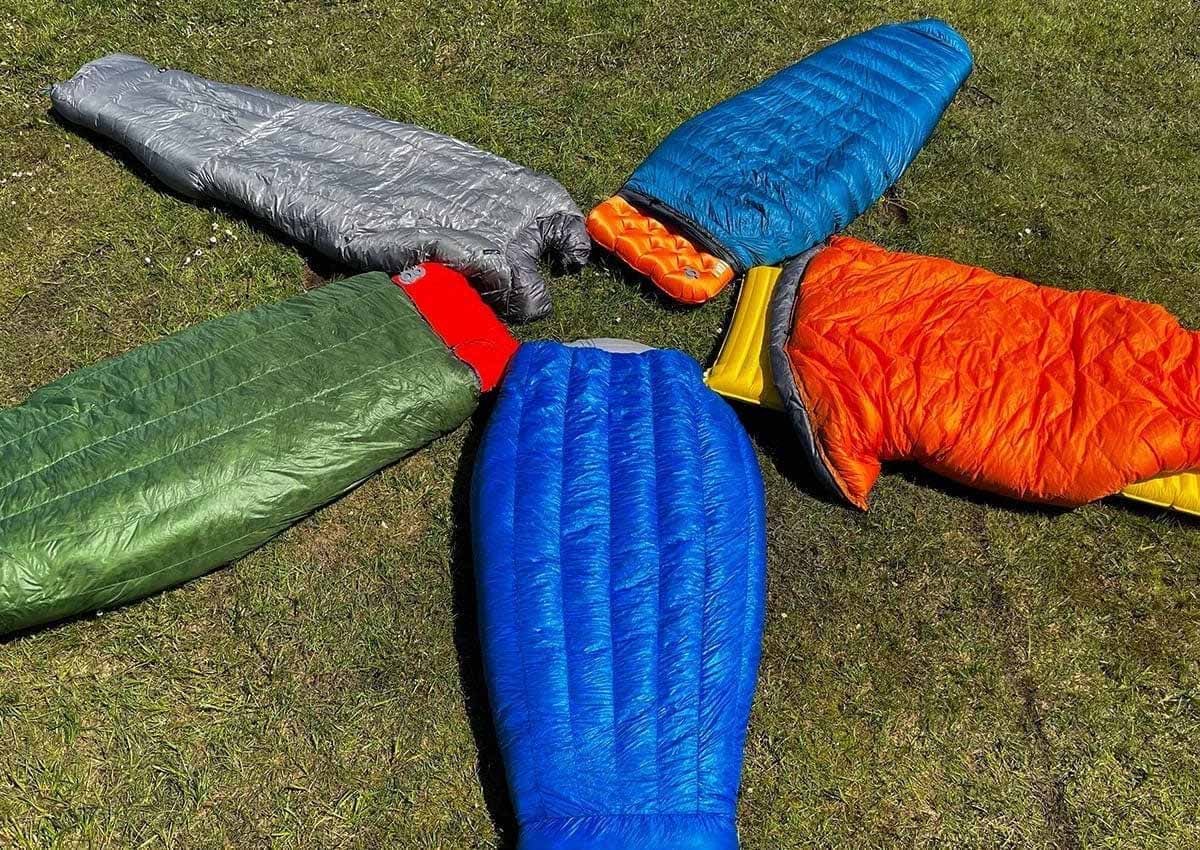
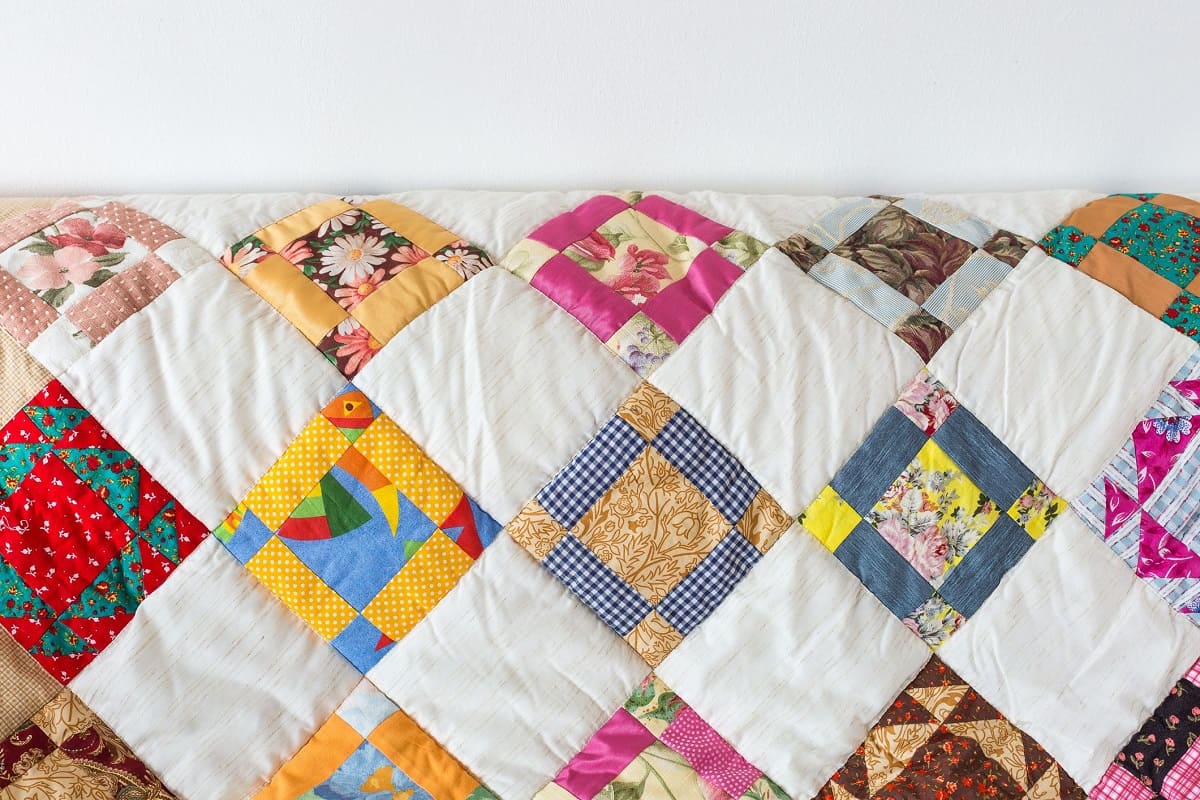

0 thoughts on “What Is The Best Batting For A Quilt”